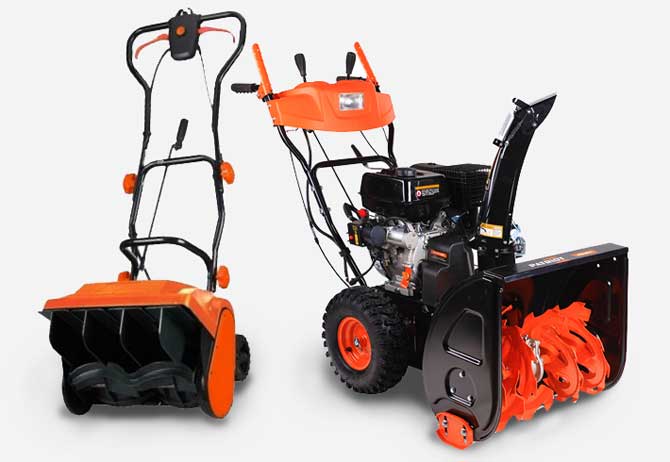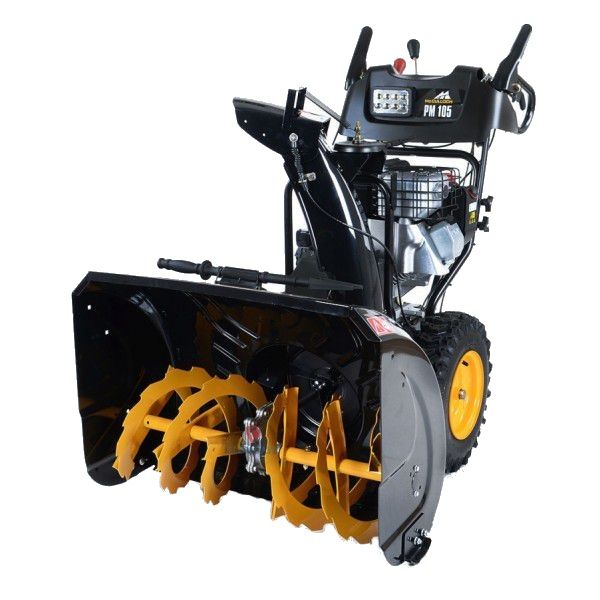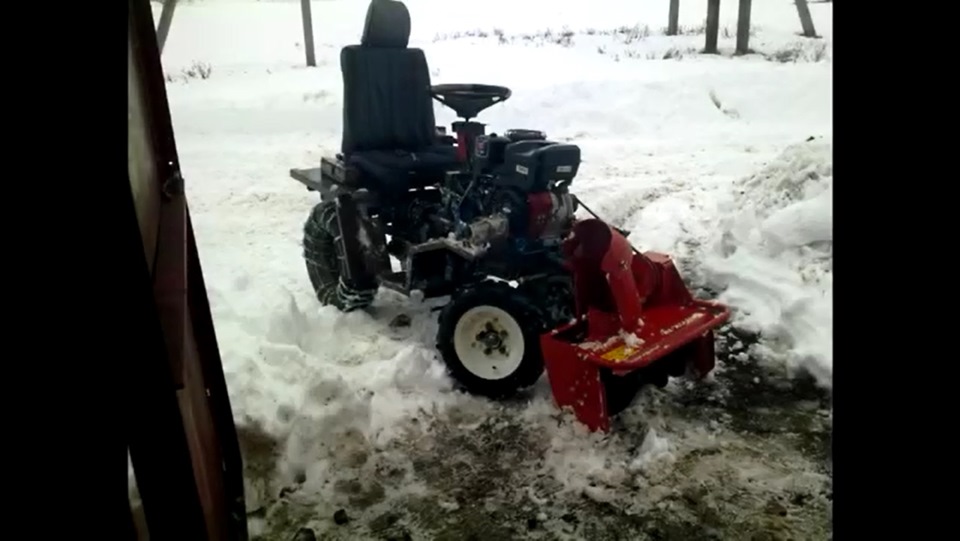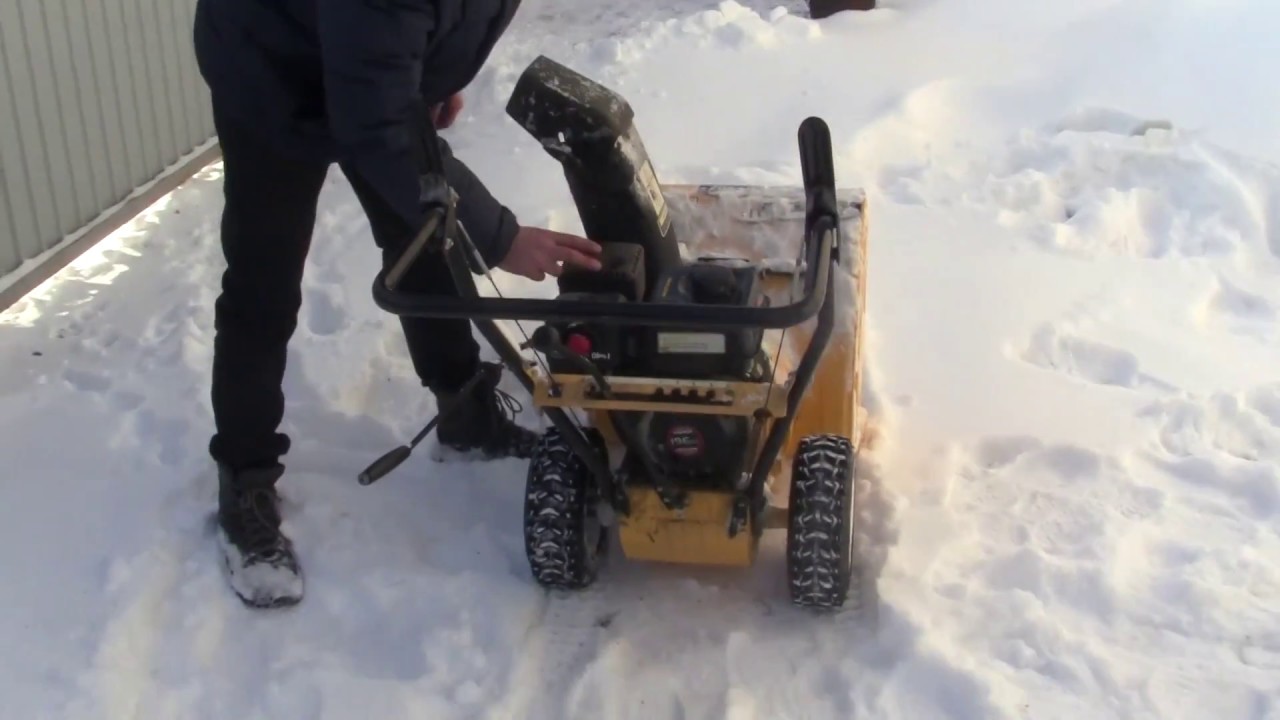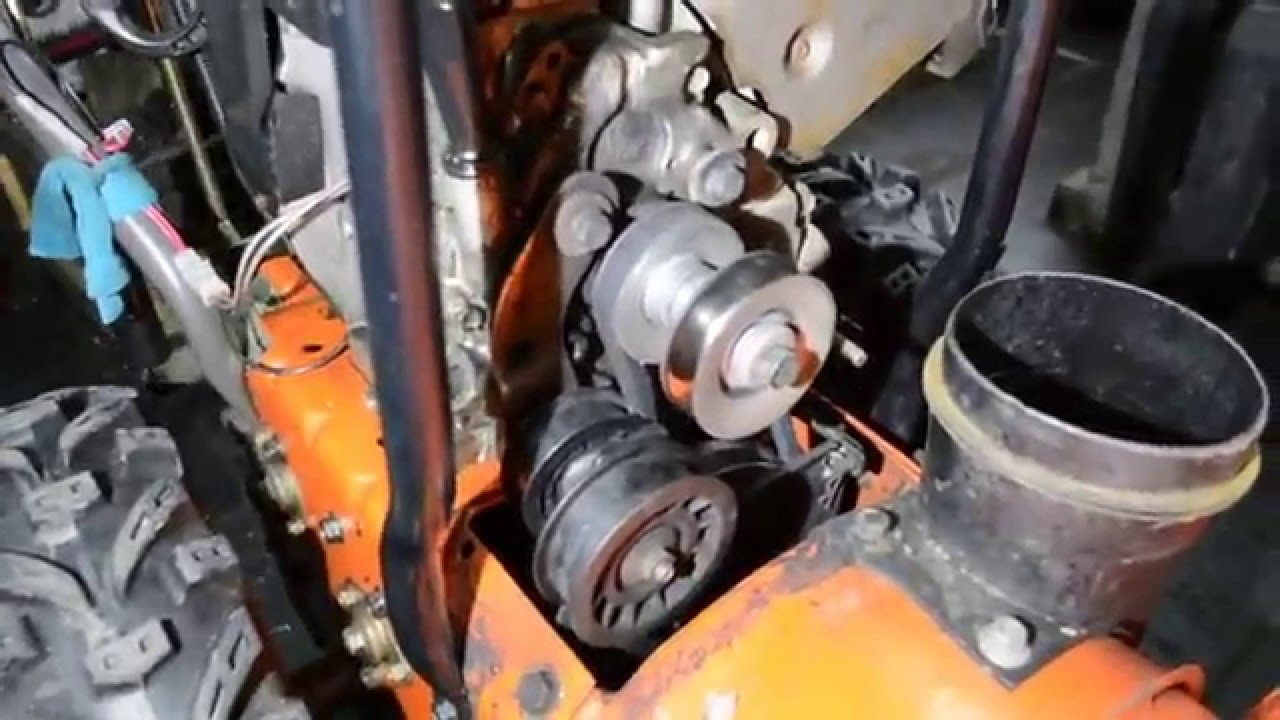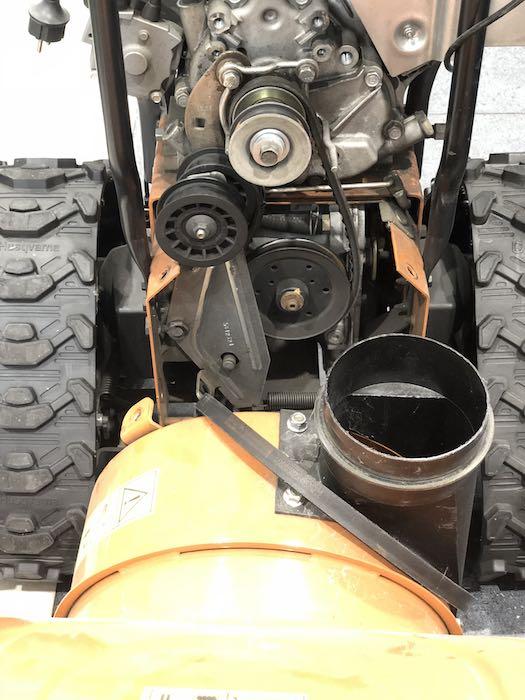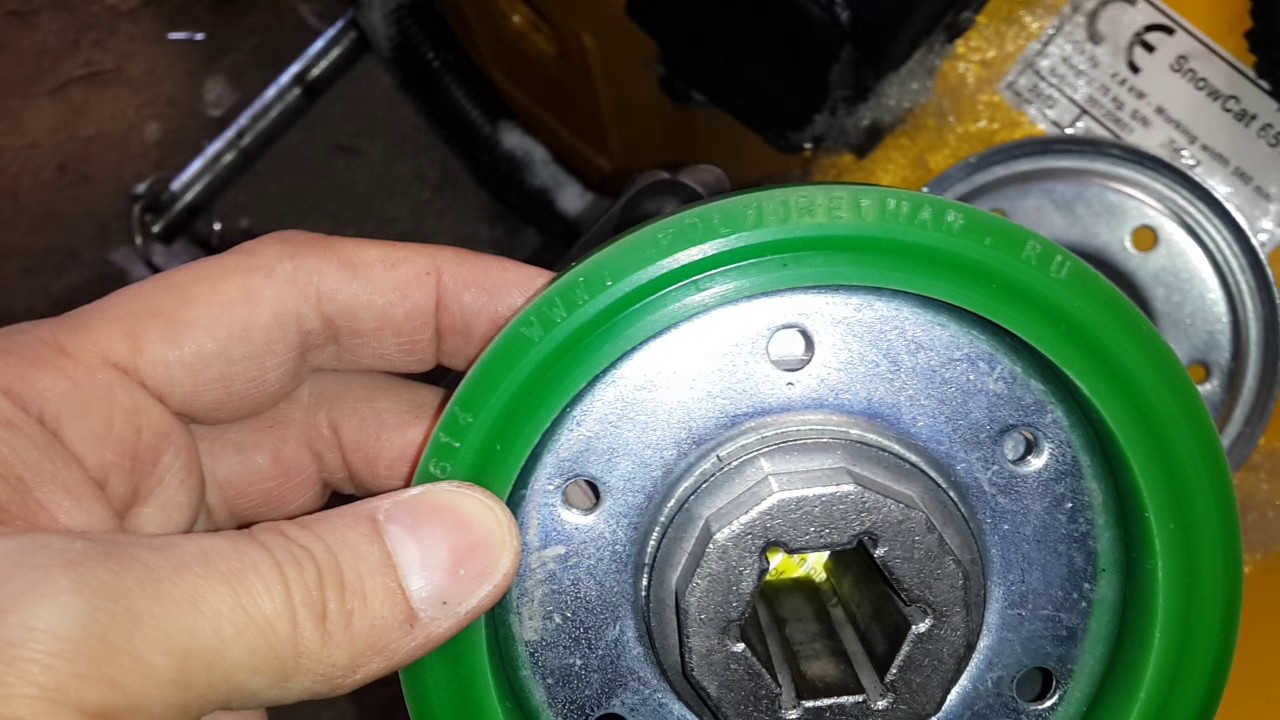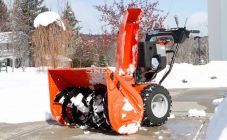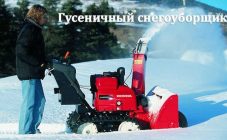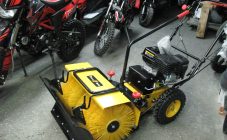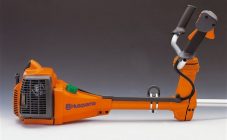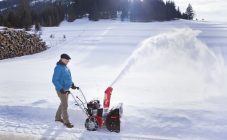Content:
Snow removal equipment is necessary for a comfortable living in the winter. Snow blowers replace heavy manual labor and increase productivity. The technique is used everywhere, from small adjoining plots to highways, sidewalks, public areas, etc.
For small areas, electric snow blower models are mainly used. These non-self-propelled (manual control) devices are mobile and easy to maintain. Snowblower parts are inexpensive and available.
Gasoline cars are used to clean large areas. Such a device already has a gearbox, its auger is much more powerful (the metal is thicker). Combined with large rubber tires or a tracked drive, this machine is quite impressive. He is able to deal with caked layers of snow and ice. These snow blowers are expensive, not fuel efficient and require regular maintenance.
Also, snow blowers are divided into one-stage and two-stage; self-propelled and non-self-propelled.
Structural elements of a snowblower
The snow blower consists of:
- Engine (gasoline or electric). The engine for the snow blower is designed to drive the main snow blower unit of the snow blower. It transfers movement to the auger or rotor, and, if the device is self-propelled, it drives the tracks or wheels.
- Bucket that is installed in front of the machine. It absorbs snow when the snow blower is moving. It is also called a casing (body). This element is made of heavy-duty plastic or steel.
- Gutters. Designed to direct and eject the snow mass from the bucket in the intended direction. Some modifications of snow blowers are equipped with a function of adjusting the range of snow eruption. This part is also made of plastic or iron.
- Auger. This is the main working unit. The auger can be smooth or serrated. The latter copes well with the ice crust. The auger is intended for capturing snow from the territory and moving it to the middle of the bucket.
- Rotor. In rotary snow blowers, a rotor is installed instead of the auger. It is a circle with metal blades or it is in the form of a propeller with two / three impellers turned inward.
- Snow blower wheels. The wheels of the device are ordinary, consisting of an iron rim and a tire. The tires are equipped with an anti-slip pattern for good grip.
- Caterpillars. Crawler machines are used to work in areas with difficult terrain. They are more massive, more stable and more mobile.
- Control knobs. They are found on non-self-propelled snow throwers. On the handles there is usually a throttle lever (gasoline apparatus) or a "start" button (electric apparatus).
- Control panels. Complex self-propelled vehicles have a detailed control panel.
The principle of operation of the unit
Screw and rotary snow throwers work the same way. The machine starts up, the bucket enters the snowdrift, and the rotor or auger, rotating, feeds snow to the middle, which falls into the chute and is thrown out to the side.
In a two-stage apparatus, both the rotor and the auger are present in the casing. The actions of the auger lead to the accumulation of snow in the middle of the casing, and the rotor picks it up and throws it out through the drain.
The devices differ from each other by additional options such as:
- halogen headlights;
- heated handles;
- electric starter;
- control function for each wheel separately;
- auger rotor for lateral removal of snow drifts (for railroad tracks).
Common snow blower malfunctions and their causes
Snow blowers are quite easy to operate, and minor repairs to snow blowers can be done on your own. And spare parts for snow blowers are quite affordable.
Frequent snow blower malfunctions:
- The car will not start - the spark plug is faulty.
- The snow plow engine is unstable - the spark plug electrodes are clogged or the gap between them is not adjusted.
- Dark exhaust fumes - poor fuel or stuck carburetor choke.
- The device does not move forward - loosening of the cables and belts.
- Perceptible vibration - Mounting screws are loose.
- Starter rope stuck - flywheel jammed.
- The machine does not throw out snow - a foreign body has got into the auger, the protective bolt is cut off, the drive belt tension is poor, the auger is iced up.
What to do if the snow blower won't start
First of all, check the fuel, and it is better to replace it. This is usually enough. But there are other reasons not related to gasoline:
- The snow blower oil sensor prevents the combustion engine from starting. First, the level and quality of the oil is checked, then the serviceability of the sensor.
- Starter does not start. Check the battery charge. If the starter is not broken, the snow blower should start after charging.
- The starter hardly turns the engine crankshaft. The reason may be strong thickening of the oil in the cold. The vehicle should be towed to a warm area and left there until the snow blower oil has the desired fluidity.
If the problem is a malfunction in the candles, then they should be cleaned of carbon deposits, dried and well installed. Then check the condition of the candles. If they are working properly, and the device does not work, then the problem is in the ignition system. We need repair of snow removal equipment in terms of this system.
The machine does not start well if the air filters are clogged. They should be rinsed and dried. Also, unregulated internal combustion engine valves can be the cause of unstable rpm.
When the equipment does not start, the reason may lie in a malfunction of the carburetor. This can result in debris entering the fuel passages, which prevents fuel from entering the mixing chamber for the snow blower. The carburetor will need to be cleaned.
Replacing drive belts in a snow blower
There are 2 types of belts in snow blowers. The first belt for the snow blower connects the auger shaft to the drive shaft, while the other transfers the rotation to the wheels. When the equipment does not move forward or the auger does not rotate, the tension and integrity of the snow blower auger drive belts must be checked.
Snow blower auger malfunction
If the auger does not spin or the rotation speed drops, then there may be such reasons:
- grinding of protective bolts;
- weak tension or rupture of the auger drive cable;
- malfunction of the snow blower gearbox.
Replacing shear bolts
Shear bolts for the snow blower are needed in order to prevent malfunction of the gearbox, and therefore the auger. They are machined from non-solid metal and are used to secure the auger. When in contact with a hard obstacle, the bolts are cut off and the auger stops working.That is, the engine is running, and the snow is not thrown away.
Replacing the auger drive cable
Loose or broken auger drive cable may result in poor performance or stalling of the auger screw. To eliminate the weakening of the cable, the pressure on the pressure roller drive belt is adjusted. In the event of a break, the cable is replaced with a new one. To do this, it is removed from the handle and then separated from the pressure roller.
Malfunction of the auger gearbox and its repair
When the auger shaft stops turning (or rotates jerkily), then it must be disassembled to find out the causes of the breakdown. The gearbox is most likely out of order from abrasion of the gear teeth.
For repairs, it is required to separate the snow blower from the engine. Then you need to disassemble the auger to the gearbox on the shaft.
The gearbox is bolted from two halves, when unscrewing the gears are revealed. The damaged gear is replaced with a new one and the unit is assembled. In this case, it is better to service the snow blowers in a specialized center.
Friction ring repair
The friction ring for the snow blower is installed on the friction wheel. With proper use of the machine, this ring will wear off rather slowly. But shifting gears without stopping, slipping, rust lead to wear of the clutch.
If the case is not very serious, you can try to repair the friction disc yourself (in difficult situations, contact a snow blower service station). For this you need:
- drain the fuel;
- put the machine in the position for technical inspection;
- remove the wheels;
- remove the crankcase cover;
- dismantle the chassis;
- remove the bearing caps;
- slightly move the axle to the left and remove the friction disc;
- unscrew the bolts and remove the worn part;
- put a new ring and assemble the knot.
Operating tips
In order for the device to serve as long as possible, you must adhere to some rules. For those who have a snow blower, car maintenance consists of the following actions:
- Before the season, test all fasteners, belts, the integrity of the bucket parts.
- Regularly monitor the oil level (one filling is enough for about 20 hours of operation).
- Allow the engine to run dry to clear the unit of snow and ice.
- Store the device only in a heated room.
- Check the spark plugs at least once a year.
- Lubricate moving parts with grease (LITOL-24) once a winter.
After winter, you need to remove the battery, drain the fuel, clean all parts from moisture and dirt, lubricate all working parts. If possible, you should purchase spare parts, often failing, for snowblowers for the next season.
It is also important that in the event of a serious breakdown that immobilizes the snow blower, a service for servicing such equipment is nearby, otherwise you will have to call a tow truck.
